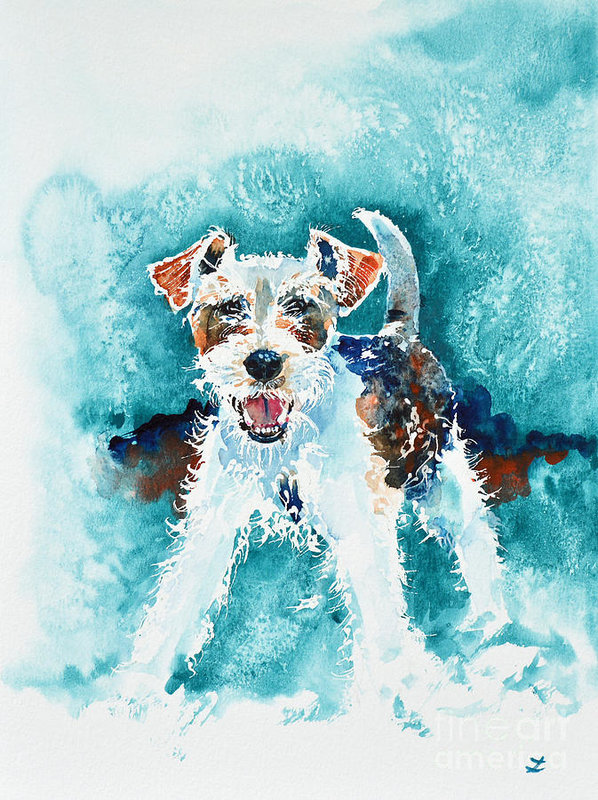
“Cricket” didn’t know, nor likely cared, that she would be a historic first. She was the first Fox Terrier registered with the AKC, but her breed was split into factions that believed that smooth Fox Terriers and wire-haired Fox Terriers were two varieties of the same breed.
Most now believe that the two had different ancestries. Wires are thought to have descended from rough-coated black and tan terriers from Wales, Derbyshire, and Durham, though early breeders often crossed Wire Fox Terriers with Smooths to give the Wires more white pigmentation, a cleaner-cut head, and a more classical outline. Meanwhile, Smooth Fox Terriers were part of the dog show scene nearly 20 years before Wire Fox Terriers were, and initially, they were classified with sporting dogs.
Though the AKC recognized the breed in 1885, it would be nearly 100 years before the two coat varieties would indeed be recognized by the AKC as two different breeds. Even before 1985, fox terriers of each coat variety had become icons in their own right: In the 1920s, a Smooth Fox Terrier became one of the most recognized of purebred dogs when RCA used in its logo a picture of a Smooth Fox Terrier named “Nipper,” head cocked, listening to a record machine. A decade later, a film series called The Thin Man made a canine super star out of a Wire Fox Terrier named “Asta.”
Both are superlative breeds!
Image: Wire Fox Terrier in Watercolor on paper by Zaira Dzhaubaeva is available as a print here.

“Asia” in The Thin Man novel by Dashiell Hammett was a female Standard Schnauzer (see the book). The only reason a male Wire Fox Terrier was substituted in the film was that the studio already had a canine actor on contract. For which generations of Standard Schnauzer breeders have been forever grateful, since the popular films were followed by a massive overbreeding of “Asta-type” wire fox terriers, much to the detriment of that breed.